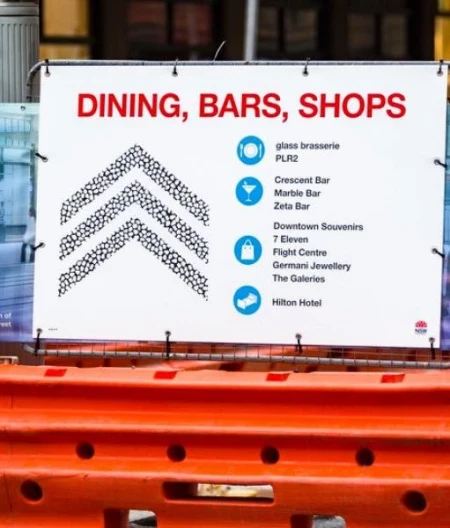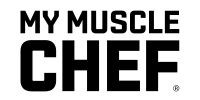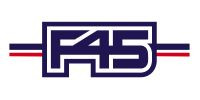Danger Signs
Red Flags in Real Life: Understanding the Critical Role of Danger Signs
Stand Back: The Importance of Danger Signs in Sydney, Melbourne, Canberra, Brisbane, Adelaide, and Across Australia
Delve into the significance of Danger Signs for public safety across Australian cities. Learn how these vital signs, offered by Platinum Signs, follow Australian compliance and standards.
In a world increasingly populated with hazards, both natural and man-made, Danger Signs serve as critical beacons that warn us of immediate risks. From construction sites in Sydney to chemical plants in Melbourne and government buildings in Canberra, the presence of these signs is not just regulatory compliance but a public safety necessity. Platinum Signs offers a wide array of Australian compliant Danger Signs, crafted through rigorous quality control from various materials including metal, poly, Corflute, and decals. This guide seeks to explore the essential role, design criteria, and relevance of Danger Signs across major Australian cities such as Brisbane and Adelaide.
Breaking Down the Anatomy of Danger Signs
Design and Symbols
A Danger Sign isn't just a piece of signage; it's a well-thought-out design that seeks immediate attention.
Color Scheme: Primarily red, black, and white for maximum visibility.
Typography: Bold and straightforward, easily readable even from a distance.
Materials and Durability
When it comes to Danger Signs, the material choice can affect both its longevity and efficacy.
Metal Signs: Known for their durability, particularly for outdoor placements.
Poly and Corflute: These lightweight materials are generally used indoors.
Decals: Stick-on varieties for glass doors or windows.
Australian Standards and Compliance
Platinum Signs offers Danger Signs that are compliant with Australian Standard 1319, which specifies that the signs must have a white rectangle with a black enclosure and feature the word "DANGER" on a black background. The signage also includes a worded warning message in black letters within the white rectangle.
The Imperative Roles of Danger Signs
In Industrial Settings
Industrial spaces are full of hazards, making the role of Danger Signs indispensable.
Chemical Hazards: Warn of toxic or flammable substances.
Machinery Operation: Highlight areas where heavy machinery is in use.
Public and Road Safety
Cities like Sydney and Melbourne are perpetually under construction, making Danger Signs crucial for public safety.
Construction Zones: Alert pedestrians and drivers of ongoing construction.
Traffic-related Signs: Like "Sharp Turn Ahead" or "Stop Ahead".
Workplace Requirements
Every workplace has its own set of risks, making Danger Signs a common yet critical feature in any work environment.
High Voltage Areas: Electrical rooms or areas with power lines.
Restricted Access: Indicate rooms or areas where only authorized personnel are allowed.
Platinum Signs: Meeting and Exceeding Standards
Quality Control
Every sign that comes from Platinum Signs undergoes stringent quality control to ensure durability, visibility, and compliance with Australian standards.
Customization
While standard signs are essential, there is also room for customization, allowing different sectors, from chemical plants in Melbourne to governmental buildings in Canberra, to have signs tailored to their specific needs.
Nationwide Reach
Whether you're in Sydney, Brisbane, or Adelaide, Platinum Signs has got you covered with its extensive range of Australian compliant Danger Signs.
Conclusion
Danger Signs are more than mere markers; they are potentially life-saving fixtures that need to be designed and placed with the utmost care and consideration. Platinum Signs understands the gravitas of this and offers a wide range of Australian compliant Danger Signs, designed and tested to meet rigorous quality standards. Whether it's a chemical plant in Brisbane, a construction site in Sydney, or a school in Adelaide, Danger Signs serve as crucial pillars of public safety. So the next time you encounter one of these signs, take a moment to consider the layers of thought and regulation that have gone into that warning—it's quite likely there to save a life.

























